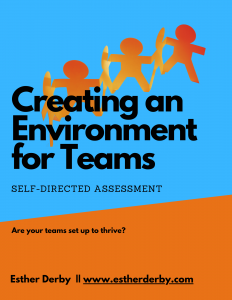Earlier this week, I posted a bit about barriers to effective listening.
Two days later (conincidentally) I received an email from my friend Janis Aaron Moore. Janis was a programmer for years, and has recently gone back to college, where she’s doing the college thing and writing essays. The one she sent me was about her experiences as a student with hearing loss. In spite of her intention and effort to listen and understand, some times she can’t.
Here are some excerpts from her essay:
Those of us with hearing loss lose many nuances and subtlety of human communication. We miss visual nuances because we focus on a speakers lips, not their face. We miss audible nuances because a portion of the incoming sound is muted or distorted. For example, we frequently “dont get the joke”. When telling a joke, people frequently lower their voice at the punchline, leaving people with hearing loss “in the dark”.
…
Some vocalized subject material might have a lot of words which are familiar and easy to lip / speech read. Other material might have a lot of words which are not lip readable. In certain environments I can hear many sounds, but my brain is unable to process {the sounds} so I can understand human speech. “Sound” does not equate with human speech.
…
There is a variety of things a speaker can do to help ensure that hard-of-hearing people in the classroom or audience can both hear and understand. They range from selecting the hearing environment to controlling speech patterns and personal actions. For example, select rooms with good acoustics. Cement or plaster walls, high ceilings, and wooden or tiled floors make sounds reverberate, creating excessive ambient noise. Close windows and doors if theres a lot of noise outside the room. Make sure theres adequate lighting on your face for people to read your lips.
Make sure you have everyones attention before you begin speaking. Face the audience when you speak. Dont hide your mouth, chew food, gum or smoke while talking. Speak for a few moments, and ask the audience if they can hear you. If someone cant hear you, ask how you can accommodate them. Do they need to move closer to the podium? Can some of the other things, like lighting, ambient noise, be adjusted to facilitate hearing?
Speak clearly, at a moderate pace. Use facial expressions, gestures. Give clues when changing the subject. Repeat or paraphrase comments from participants who might not be able to hear. Encourage others to be sure their comments are spoken clearly and with volume.
None of these things requires expensive technology or extraordinary effort.
Good advice, Janis.


